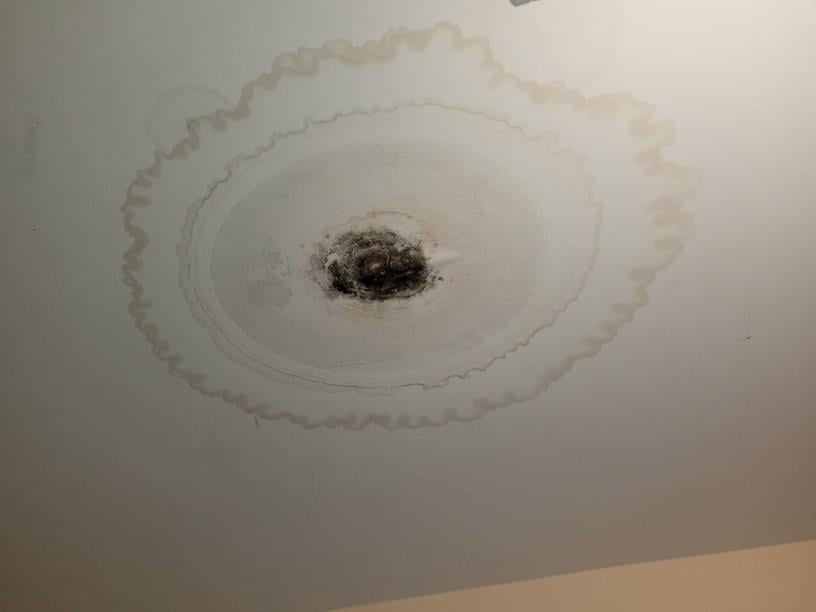Just how to Inspect If Your Home Has a Hidden Leakage
Just how to Inspect If Your Home Has a Hidden Leakage
Blog Article
Just about every person will have their own individual assumption when it comes to Detecting hidden plumbing leaks.

Early discovery of dripping water lines can minimize a potential disaster. Some tiny water leaks may not be visible.
1. Examine the Water Meter
Inspecting it is a surefire way that aids you find leaks. If it moves, that shows a fast-moving leakage. This implies you may have a slow-moving leak that could also be below ground.
2. Check Water Intake
Analyze your water expenses and track your water intake. As the one paying it, you need to discover if there are any kind of disparities. If you identify sudden changes, despite your intake coinciding, it means that you have leakages in your plumbing system. Keep in mind, your water bill need to fall under the very same variety monthly. A sudden spike in your expense shows a fast-moving leakage.
On the other hand, a constant rise every month, even with the very same routines, reveals you have a slow leakage that's likewise slowly intensifying. Call a plumber to thoroughly inspect your residential property, specifically if you feel a cozy area on your floor with piping below.
3. Do a Food Coloring Examination
When it comes to water consumption, 30% comes from commodes. If the shade somehow infiltrates your dish throughout that time without flushing, there's a leak between the container and also bowl.
4. Asses Outside Lines
Do not neglect to check your outdoor water lines as well. Examination faucets by connecting a yard hose pipe. Should water permeate out of the connection, you have a loose rubber gasket. Replace this and also make certain all links are tight. If you have actually obtained a sprinkler system, it will certainly assist get it professionally analyzed and also kept annually. One little leakage can throw away lots of water and surge your water bill.
5. Evaluate and also Analyze the Situation
Property owners need to make it a practice to examine under the sink counters as well as even inside cupboards for any type of bad odor or mold and mildew growth. These two red flags indicate a leakage so prompt interest is called for. Doing regular examinations, also bi-annually, can conserve you from a major trouble.
Inspect for stainings and damaging as the majority of pipes and also devices have a life expectancy. If you believe dripping water lines in your plumbing system, don't wait for it to rise.
Early detection of leaking water lines can minimize a possible calamity. Some tiny water leaks may not be noticeable. Examining it is a proven means that helps you find leakages. One tiny leak can throw away loads of water as well as increase your water bill.
If you think dripping water lines in your plumbing system, do not wait for it to rise.
WARNING SIGNS OF WATER LEAKAGE BEHIND THE WALL
PERSISTENT MUSTY ODORS
As water slowly drips from a leaky pipe inside the wall, flooring and sheetrock stay damp and develop an odor similar to wet cardboard. It generates a musty smell that can help you find hidden leaks.
MOLD IN UNUSUAL AREAS
Mold usually grows in wet areas like kitchens, baths and laundry rooms. If you spot the stuff on walls or baseboards in other rooms of the house, it’s a good indicator of undetected water leaks.
STAINS THAT GROW
When mold thrives around a leaky pipe, it sometimes takes hold on the inside surface of the affected wall. A growing stain on otherwise clean sheetrock is often your sign of a hidden plumbing problem.
PEELING OR BUBBLING WALLPAPER / PAINT
This clue is easy to miss in rooms that don’t get much use. When you see wallpaper separating along seams or paint bubbling or flaking off the wall, blame sheetrock that stays wet because of an undetected leak.
BUCKLED CEILINGS AND STAINED FLOORS
If ceilings or floors in bathrooms, kitchens or laundry areas develop structural problems, don’t rule out constant damp inside the walls. Wet sheetrock can affect adjacent framing, flooring and ceilings.
https://www.servicemasterbyzaba.com/blog/how-to-detect-water-leakage-in-walls/

As a reader about Top leak detection hacks, I think sharing that chunk was beneficial. Liked our post? Please share it. Let another person discover it. Thanks so much for taking the time to read it.
Report this page